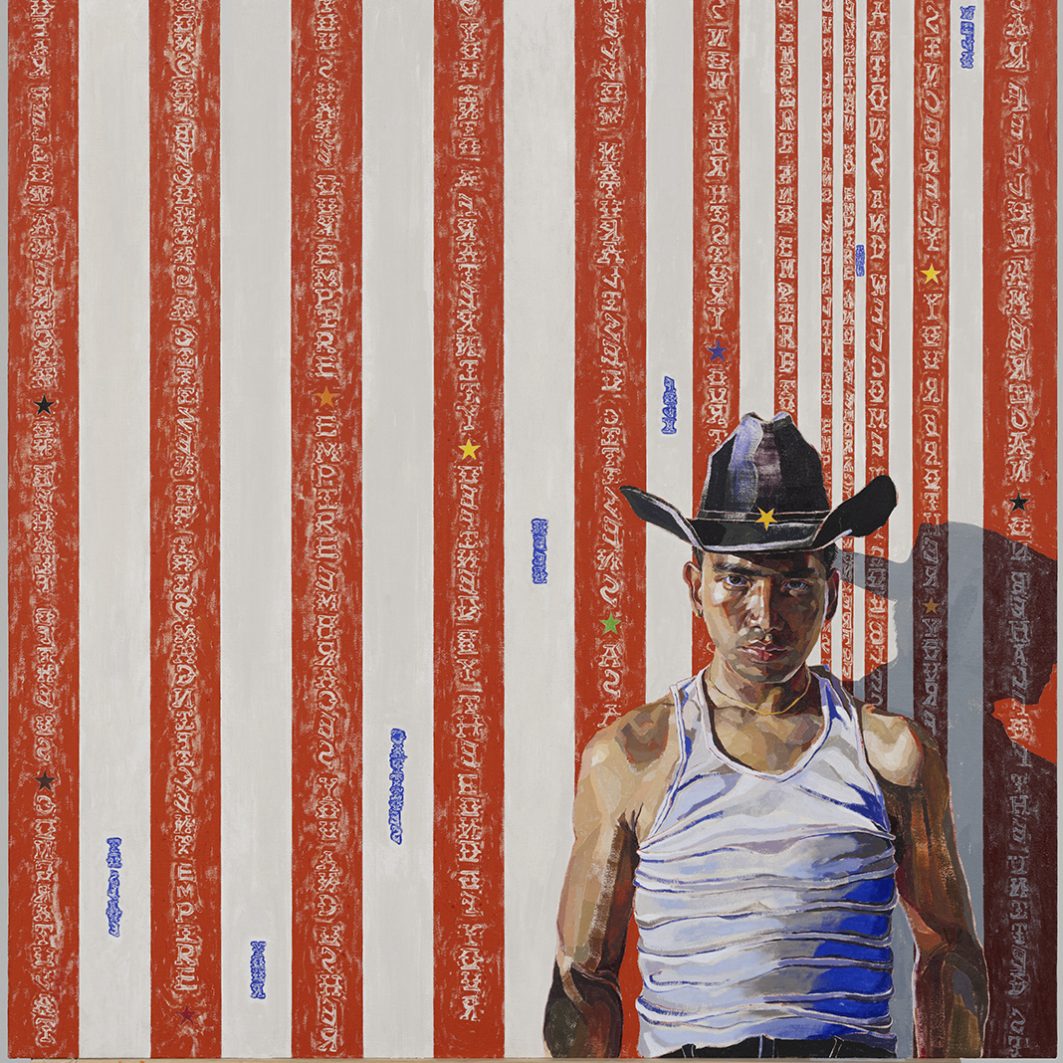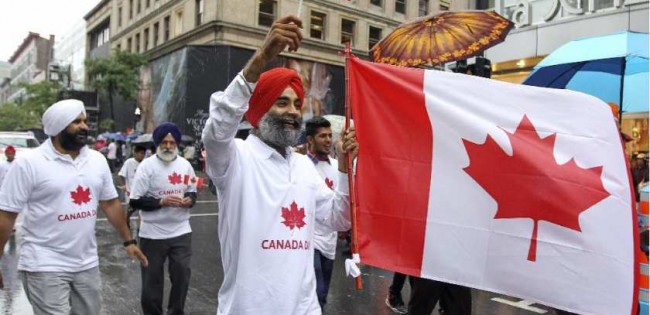Defining Race and Ethnicity
Asian as a race or ethnicity can mean different things depending on social and geographic context. Fundamentally, race refers to broadly shared physical characteristics while ethnicity is a cultural identity. In the United States, Asian has come to primarily denote those with East or Southeast Asian ancestry due to perceived genetic and cultural similarities. However, Asia is an immense continent encompassing tremendous diversity.

The Asian Umbrella Term
The use of Asian as an overarching label for all peoples of Asian descent is an imperfect simplification that fails to capture this richness. Some find it useful for statistical purposes or cultivating pan-Asian solidarity, yet it risks obscuring important distinctions. Middle Eastern individuals, for example, rarely identify as Asian due to dissimilar roots. Even within East and Southeast Asia, national and regional identities like Korean or Tibetan communicate much more about one’s background than the blanket term Asian.
Ethnic Ancestry vs. Continental Origin
Where one is from geographically does not dictate their ethnicity. Those with South or Central Asian heritage may live throughout Asia or beyond. On things like college applications, Middle Easterners opt to note their specific ethnicity rather than identifying solely based on continental location. Race and ethnicity stem from profoundly human dimensions of shared culture and genetics—not arbitrary lines on a map.
Evolving Concepts Over Time
Historical contexts have also shaped understandings of Asian identity. Earlier terms now considered insensitive, like “Mongoloid”, once dominated but fall out of favor. Today, pan-ethnic organizing embraces multiple heritages under broad headings while respecting each community’s right to self-identify. Digging deeper into layered histories and viewpoints enriches appreciation for Asia’s amazing tapestry of peoples.
Challenging Assumptions with Care and Nuance
Open dialogue can help address confusion around loaded concepts. However, acknowledging complexity requires handling sensitive topics with empathetic care. Differences of opinion emerge from lived experiences rather than malice. By listening respectfully and recognizing multiple valid perspectives, space opens for mutual understanding to grow.
Building Bridges Across Perceived Divides
Rather than get stuck on rigid definitions, focusing on our shared humanity proves most constructive. Events celebrating various Asian cultures can fostering cross-cultural connections in an atmosphere of inclusion and goodwill. By embracing diversity while emphasizing our interconnectedness, communities can build bridges that strengthen social cohesion. An asset-based, collaborative approach nurtures the type of society where all peoples feel empowered and belong.
Moving the Discussion Forward in a Positive Spirit
There are no simple answers but continuing the respectful multi-dimensional discussion moves understanding forward. With patience and compassion, deeper recognition of varied Asian identities and the rich cultural legacies they represent can take root. An evolving dialogue grounded in mutual respect holds potential for bringing diverse groups together in an empowering appreciation of our shared place in this world.

 Why Many Punjabis Immigrate to Canada
Why Many Punjabis Immigrate to Canada